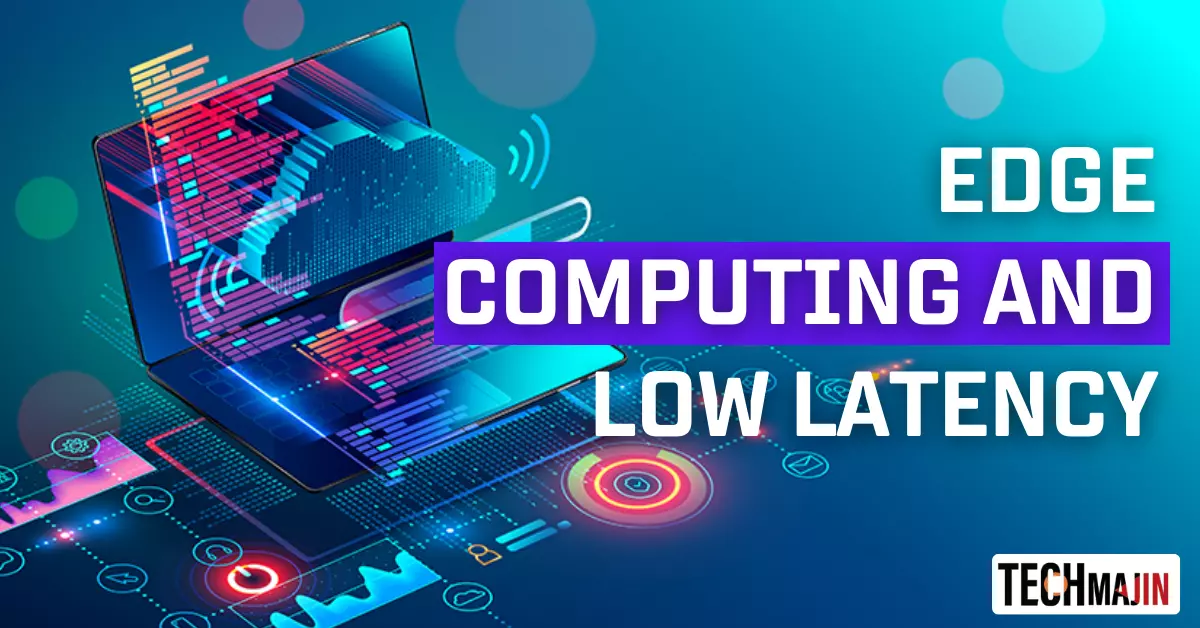In the hyper-connected world of today, customer experience is often the defining factor that separates successful businesses from those that struggle to keep up. While technologies like cloud computing and machine learning have made significant strides in enhancing customer interactions, they come with limitations like latency and bandwidth congestion. This is where edge computing and low latency come into play, revolutionizing real-time customer interactions like never before.
This blog post delves into how edge computing and low latency are changing the game for businesses striving to provide superior customer experience. Let’s explore the various ways they redefine what it means to interact with your customer base in real time.
1. Ultra-Fast Decision Making
Imagine being able to respond to customer queries or process transactions almost instantaneously. With edge computing, data processing occurs closer to where it’s generated, instead of being sent over long distances to centralized data centers. This proximity dramatically cuts down on latency, allowing businesses to make quick decisions based on real-time analytics.
For instance, retail environments can utilize edge computing to track inventory and customer behavior in real time. These insights enable store managers to make instant adjustments, such as offering personalized discounts or rearranging store layouts to improve customer flow.
Discover more at NICE website to understand how low latency and real-time data analytics can elevate your business offerings.
2. Improved Reliability
Edge computing’s decentralized nature makes the system inherently more robust. By moving some computational work closer to the source of data generation, you’re not just lowering latency but also minimizing the chances of system failure.
In cases where high uptime is crucial, such as healthcare or transportation services, edge computing provides a reliable framework to maintain seamless customer interactions.
3. Bandwidth Efficiency
Sending all the data to centralized servers for processing consumes significant bandwidth. Edge computing allows for pre-processing of data locally, which means only essential information gets sent over the network.
This bandwidth efficiency is particularly useful for Internet of Things (IoT) devices, where low latency and minimal data transmission costs are vital for enhanced customer experiences.
4. Security Enhancements
The proximity of data processing in edge computing also has implications for security. When data doesn’t have to travel long distances, there are fewer opportunities for malicious interception. For customer-centric businesses, this means you can assure your clients that their sensitive information, such as payment details or personal identification, is safe and secure.
5. Immersive Experiences
The capabilities of low-latency edge computing are not limited to just analytics and transactions. They can also deliver more immersive and interactive customer experiences.
For example, augmented reality shopping experiences can be powered efficiently by edge computing, allowing customers to virtually “try on” clothes or accessories without any noticeable lag.
6. Scalability
Edge computing doesn’t replace the centralized model but complements it. For businesses with rapidly growing customer bases, edge computing offers a scalable solution. As demand increases, additional edge nodes can be implemented quickly and cost-effectively, ensuring that the quality of customer interactions does not degrade.
7. Sustainability
Last but not least, edge computing is more energy-efficient than traditional centralized models. By reducing the amount of data that needs to be sent across networks and enabling local data processing, businesses can significantly lower their energy consumption.
This is an attractive feature for companies aiming to be more sustainable while also delivering a superior customer experience.
8. Personalization At Scale
In an era where customers expect personalized experiences tailored to their preferences and behaviors, edge computing allows businesses to analyze data on the fly. This means that personalization algorithms can operate in real-time, adjusting recommendations, content, and offers based on immediate customer interactions.
Whether it’s customizing a playlist for a user or offering tailored product suggestions on an e-commerce platform, the reduced latency ensures customers feel understood and valued.
9. Enhancing Mobile Experiences
As more users shift towards mobile devices for everything, from shopping to entertainment, the demand for low-latency experiences on these devices increases.
Edge computing enables smoother mobile experiences by processing data closer to these devices, reducing the lag often experienced in mobile apps or websites. This ensures that even users on the move receive consistent and high-quality interactions.
10. Autonomous Systems
In sectors like transportation and manufacturing, autonomous systems rely heavily on instantaneous data processing. Consider self-driving cars that need to make split-second decisions based on real-time data.
The low latency offered by edge computing ensures these autonomous systems can operate safely and efficiently, paving the way for a future where such systems can be integrated seamlessly into our daily lives.
11. Easier Integration Of Emerging Technologies
Emerging technologies like 5G, virtual reality (VR), and the Internet of Things (IoT) demand faster data processing speeds to function optimally. Edge computing, with its decentralized processing approach, ensures that these technologies can be integrated more easily into existing infrastructures.
This allows businesses to stay ahead of the curve, adopting and integrating the latest tech trends to offer innovative solutions and experiences to their customers.
12. Democratizing Advanced Applications
Edge computing not only boosts performance but also brings sophisticated applications to devices and regions that previously couldn’t access them due to bandwidth or latency issues.
This means areas with limited connectivity or businesses with constrained resources can now utilize applications like real-time analytics, AI-driven predictions, and more. It essentially levels the playing field, allowing smaller enterprises and remote regions to compete with well-resourced giants and urban centers.
Conclusion
In summarizing the transformative role of edge computing and low latency in modern business, it’s evident that these technologies are not just enhancing customer experiences, but are reshaping the very fabric of business operations. From personalization at an unprecedented scale to democratizing access to advanced applications for all, the possibilities are vast.
As businesses, the onus is on us to recognize these shifts and adapt, ensuring we leverage the myriad of opportunities on offer. In a dynamic, ever-evolving digital landscape, edge computing and low latency stand out as beacons, guiding the way towards richer, more meaningful, and instantaneous customer interactions. Embracing these technologies today ensures not just relevance but leadership in the marketplace of tomorrow.
| Read Next: 23A Release of Oracle Cloud |






